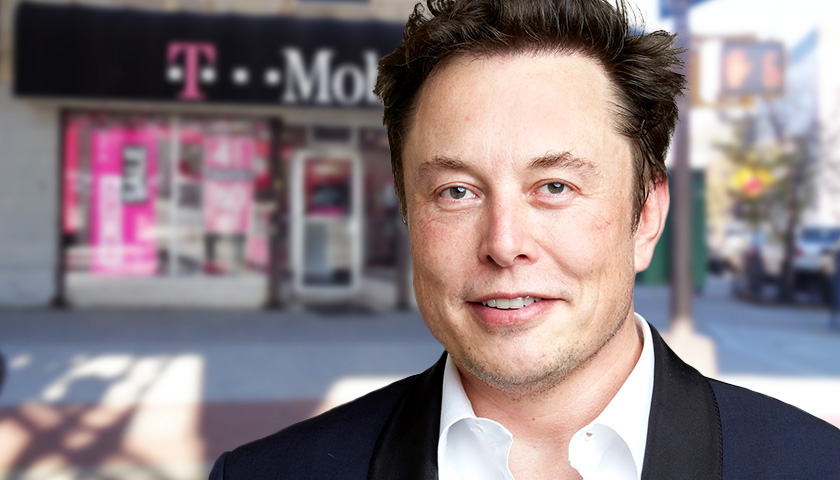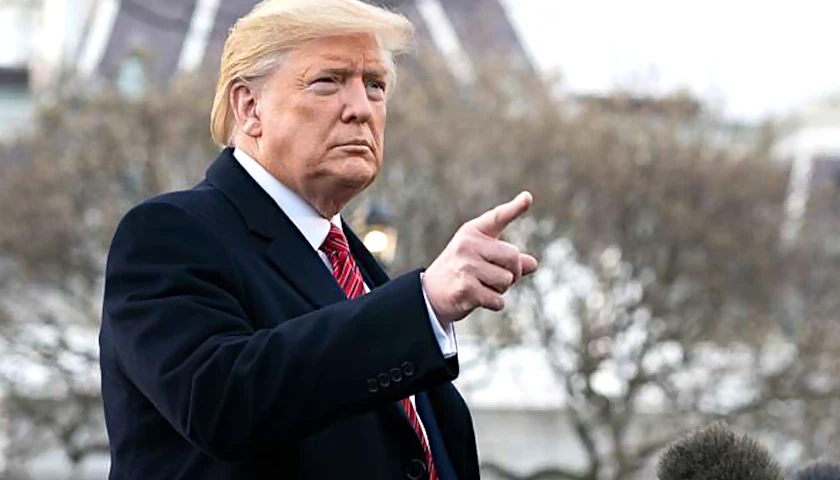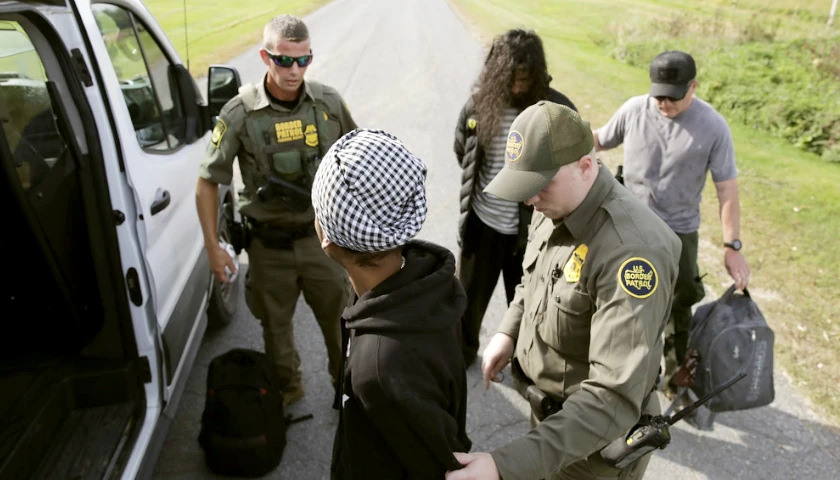by John Hugh DeMastri
Cell phone carrier T-Mobile and Elon Musk’s spacecraft manufacturer SpaceX announced a cooperative initiative Thursday, which the two organizations claim will end dead zones in cell phone coverage.
Over 20% of the U.S. by land area and 90% of the world remain uncovered by traditional wireless networks, which rely on terrestrial cell phone towers to connect users to networks, according to a SpaceX press release. The new plan, dubbed “Coverage Above and Beyond,” will leverage SpaceX’s low-earth satellite network, known as Starlink, to broadcast T-Mobile’s wireless network into places that are traditionally not covered by terrestrial networks, according to T-Mobile’s press release.
“We’ve all read about someone who was hiking, got lost or died of thirst or exposure,” SpaceX CEO Elon Musk said at a news conference with T-Mobile CEO Mike Sievert, according to The Washington Post. “You could conceivably be stuck on a desert island and be talking to a basketball and now you can call for help.”
Starlink V2, launching next year, will transmit direct to mobile phones, eliminating dead zones worldwide
— Elon Musk (@elonmusk) August 26, 2022
 The plan will begin to roll out by the end of the year with a limited “beta,” where users will be able to take advantage of Starlink to send text messages, before voice coverage and data usage such as internet connectivity are added next year, according to the T-Mobile press release. Starlink V2, the next-generation of SpaceX’s satellite program, will launch next year outfitted with antennas designed to broadcast cellular networks, allowing cell phones to connect to them if a traditional tower is unable to reach them, according to The Washington Post.
The plan will begin to roll out by the end of the year with a limited “beta,” where users will be able to take advantage of Starlink to send text messages, before voice coverage and data usage such as internet connectivity are added next year, according to the T-Mobile press release. Starlink V2, the next-generation of SpaceX’s satellite program, will launch next year outfitted with antennas designed to broadcast cellular networks, allowing cell phones to connect to them if a traditional tower is unable to reach them, according to The Washington Post.
Musk told attendees of the news conference that the new network could not be expected to replace traditional wireless networks, but rather to supplement them, according to The Washington Post. The new network is expected to have the ability to carry 2,000 phone calls and send hundreds of thousands of text messages at once, focusing on guaranteeing service to those in expected dead zones, but also existing as a backup in the event of a cell tower going down.
“If there aren’t too many people in the cell zone, you may potentially even have a little bit of video,” said Musk at the news conference, according to The Verge. Musk went on to say that as long as users were able to see the sky, they could expect intermittent coverage even if they can’t connect to the entire Starlink network for any reason, though text messages may take 30 minutes to send in those conditions.
Musk claimed that customers will need no new equipment to access the network, and Sievert claimed that T-Mobile intends for the new service to be offered free of charge in T-Mobile’s “most popular plans,” although no official comment on pricing was made, according to The Verge
SpaceX and T-Mobile in their respective press releases each invited other cellular network companies to join them in an effort to offer what the two companies referred to as “global connectivity.” T-Mobile committed to offering reciprocal roaming, where two wireless companies cover each other’s customers when the primary provider is for some reason unable to cover the customer, to any service provider interested in working to “enable this vision.”
– – –
John Hugh DeMastri is a reporter at Daily Caller News Foundation.
Photo “Elon Musk” by Duncan.Hull. CC BY-SA 3.0. Background Photo “T-Mobile” by Tdorante10. CC BY-SA 4.0.





